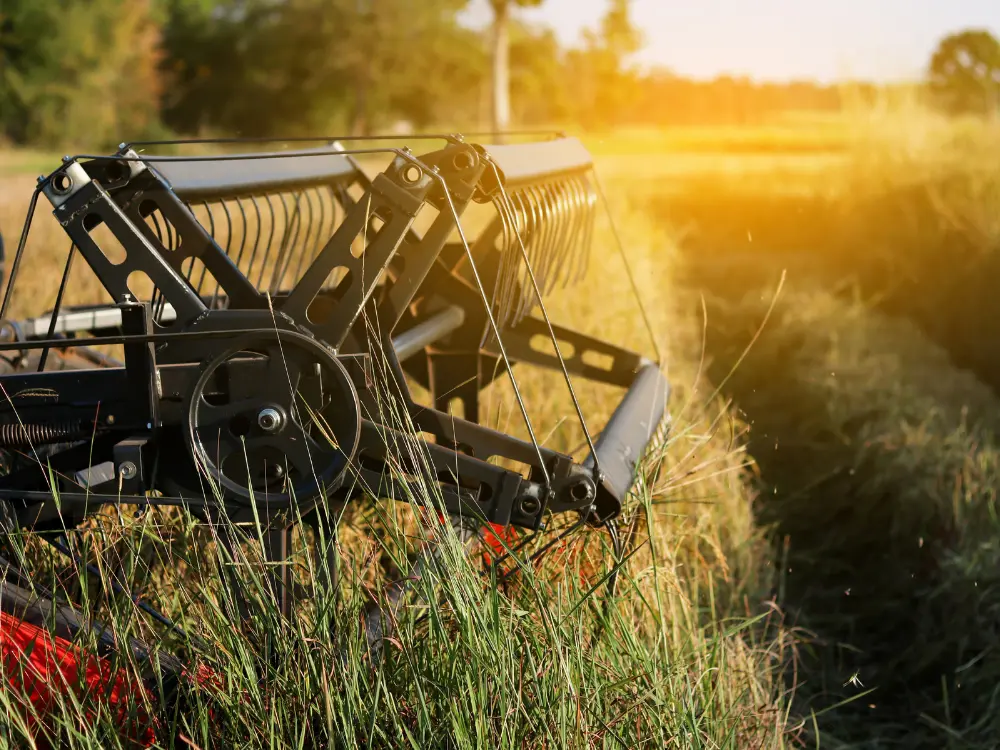Agritech, or agricultural technology, is transforming the way farming is done around the world, offering innovative solutions to increase productivity, improve efficiency, and promote sustainability. In India, where a significant portion of the population relies on agriculture for their livelihood, the adoption of agritech in rural areas is crucial for modernizing the sector and ensuring food security. However, while the potential benefits of agritech are immense, there are also significant challenges that must be addressed to ensure its widespread adoption in rural India. This article explores both the challenges and the opportunities associated with agritech adoption in rural areas.
The Promise of Agritech
Agritech encompasses a wide range of technologies, including precision agriculture, AI-driven tools, drones, IoT devices, and data analytics platforms. These technologies can help farmers optimize their use of resources, monitor crop health in real-time, automate labor-intensive tasks, and make informed decisions based on data. The ultimate goal of agritech is to increase agricultural productivity while minimizing environmental impact and reducing costs.
For rural farmers in India, agritech offers the potential to overcome many of the challenges they face, such as unpredictable weather, water scarcity, pest infestations, and fluctuating market prices. By adopting agritech solutions, farmers can achieve higher yields, better quality produce, and more stable incomes.
Challenges in Agritech Adoption
1. Limited Access to Technology and Infrastructure
One of the most significant challenges to agritech adoption in rural areas is the lack of access to technology and digital infrastructure. Many rural areas in India still suffer from inadequate internet connectivity, poor mobile network coverage, and limited access to electricity. These limitations make it difficult for farmers to use digital tools, access online platforms, or implement tech-driven solutions on their farms.
Example: In remote villages of Uttar Pradesh, farmers often struggle with unreliable internet connections, making it challenging to access weather forecasts, market prices, or digital platforms that could help them manage their farms more effectively.
2. High Costs of Technology
The initial cost of adopting agritech solutions can be prohibitive for many small and marginal farmers in India. Technologies like drones, precision agriculture tools, and automated machinery require significant investment, which may not be feasible for farmers with limited financial resources. Additionally, the costs of maintenance, repairs, and updates can add to the financial burden.
Example: In Maharashtra, the high cost of purchasing and maintaining drones for crop monitoring has deterred many small-scale farmers from adopting this technology, despite its potential benefits.
3. Lack of Digital Literacy and Technical Skills
Many farmers in rural India have limited exposure to digital technologies and may lack the technical skills needed to operate advanced agritech tools. The absence of digital literacy can be a significant barrier to the adoption of agritech, as farmers may be hesitant to use unfamiliar technologies or may not fully understand how to integrate them into their farming practices.
Example: In Bihar, efforts to introduce mobile apps for farm management have faced challenges due to low levels of digital literacy among farmers, who are more comfortable with traditional methods.
4. Resistance to Change
Traditional farming practices have been passed down through generations in rural India, and many farmers are resistant to changing these long-established methods. The fear of uncertainty and the perceived risks associated with adopting new technologies can lead to reluctance in embracing agritech solutions.
Example: In Tamil Nadu, some farmers have been hesitant to adopt precision farming techniques, preferring to stick with conventional practices that they are more familiar with, despite the potential benefits of modern methods.
5. Fragmented Landholdings
The issue of fragmented landholdings in India presents a unique challenge for agritech adoption. Small and fragmented plots of land make it difficult to implement technologies like precision agriculture or automated machinery, which are often more effective on larger, contiguous tracts of land.
Example: In West Bengal, the prevalence of small and scattered landholdings has made it challenging for farmers to adopt large-scale agritech solutions, limiting their ability to benefit from technological advancements.

